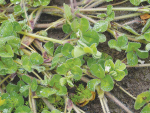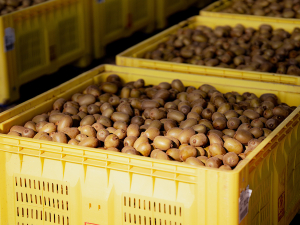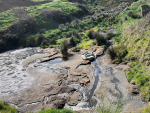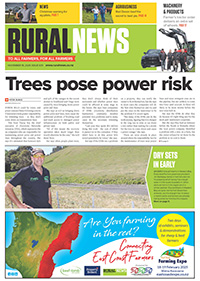Beef + Lamb New Zealand says that during the past year the country’s beef herd increased by 2.8% to 3.6 million head.
Meanwhile, it says the decline in the sheep flock has slowed sharply as numbers recovered in key regions after drought and other challenges.
The annual stock number survey conducted by BLNZ Economic Service highlights the continued growth in beef production. The largest contributor to the increase in beef cattle was a 5% lift in weaner cattle numbers. It believes this reflects the high cost of buying older cattle as replacements and good grass availability.
However the size of NZ’s beef breeding cow herd did not change, according to BLNZ Economic Service chief economist Andrew Burtt.
Meanwhile, Burt says the number of breeding ewes fell in most regions of NZ and by 1.9% overall. The exception was in Marlborough‑Canterbury where there was a small increase (+0.3%) following the prolonged drought.
“Ewe numbers decreased 2.6 % to 8.7 million in the North Island, while South Island numbers dropped 1.1% to 9.1 million,” he says.
“The decrease in the North Island reflects residual effects of last year’s facial eczema outbreak. However, nationwide there has been more emphasis on retaining ewe hoggets, which indicates some rebuilding of the flock is occurring.”
Consequently, the national hogget flock is up on last year.
“Hogget numbers increased 1.7% to 8.7 million, largely due to replacement ewe hoggets being retained on the East Coast to build up flocks, and an increase in Marlborough-Canterbury to take advantage of the improvement in feed supplies after a number of difficult years caused by drought and natural disasters.”
Burtt says ewes were in good condition at mating and going into winter, due to feed availability. “Pregnancy scanning of ewes reveals good pregnancy rates in the North Island, but the later season as a result of climatic differences means it’s difficult to generalise about the South Island.”
Despite the small decrease in the number of breeding ewes, the lamb crop is expected to be up 1.1% – to 23.5 million – 300,000 more than last season.
“This is the result of several factors, including continued improvements in productivity by farmers leading to better ewe lambing percentages, good feed supplies and a lift in the number of ewe hoggets mated.”



















